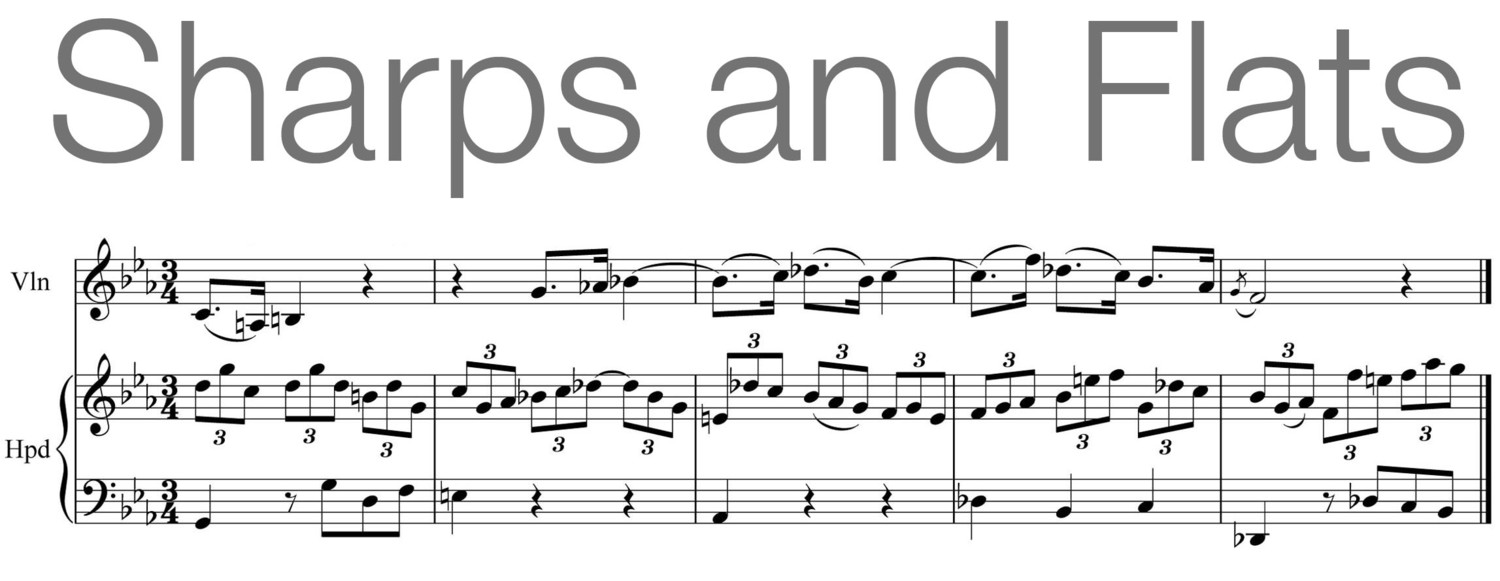Until the age of television it was only possible to observe a conductor's gestures from the back, with occasional glimpses of his profile when he turned to one side or another. If there were more signals to the musicians, they were not visible to the audience.
For many decades now, thanks to television and film cameras, we have been able to watch an orchestral conductor at work, in wide and medium shots with the musicians, and in remarkably revealing close-ups.
I have observed conductors on many television programs and I have had the opportunity to film some of the most renowned, including Zubin Mehta, Eugene Ormandy, Kurt Masur, Lorin Maazel, and Valery Gergiev. In rehearsals and concerts, I was able to observe their differences in style, technique, and approach to the orchestra.
Some conductors rely on a commanding presence which says to the musicians, “You must give me what I ask for, to reveal how this piece must be played.” They project their strong personalities with forceful gestures that indicate phrase beginnings and endings, and changes in tempo and dynamics, but they offer no clue to their feelings about the music as it unfolds.
Others do not flaunt their authority. Rather, they invite collaboration. They conduct with intensity and even urgency, but the attitude they project is: “Come let us do this together.”
Then there are the conductors who appear neither authoritative nor collaborative. For some reason, they remain remote and detached. They hear everything that is going on in the music, and their gestures convey clearly what they want, but they remain inside themselves, and seem only to ask the orchestra for accuracy and unity of expression. Orchestra players are sometimes bullied, sometimes coaxed, sometimes inspired: it must be difficult to be ignored.
The most interesting conductors for a filmmaker, and surely for orchestra musicians, are the ones, like Valery Gergiev, who embody the music in their facial expressions.
How musicians understand what they see in Gergiev's face is inexplicable; it is part of the mystery of music-making itself. A composer creates a series of sounds in his inner ear and transfers them to notes on a page. A conductor, even centuries later, reads those notes, and is able to hear them as music in his inner ear. In some unfathomable way he communicates what he hears to the musicians. Naturally, Gergiev uses gestures to indicate the basic structure of the music. But it is in his dramatically expressive face that the orchestra finds the emotional content of the music. I have been at Gergiev's rehearsals and concerts often enough to see that these expressions are spontaneous and unselfconscious: they are the result of his total absorption in the music.
Somehow, the musicians understand what they see. And with only horse-hair bows and buzzing lips and banging wood and metal, they are able to embody Gergiev's deeply felt experience of the music in their playing.
No musician can explain the mystery of this communication, but none will deny it.
* * *
It is eight P.M. Concert time. No more rehearsing, no more correcting or improving. On stage, the orchestra musicians warm up, practicing difficult passages in tonight's program. After three or four working sessions, they have been convinced that the conductor knows the scores, has strong ideas about the music, and conveys them clearly. He has insulted no one and has not lost his temper. He has maintained a business-like, cordial relationship with his players, though there may have been impatient moments when he stopped for corrections and the orchestra settled down too slowly.
Now, whether or not they all agree with the conductor's interpretation, the musicians will give him what he asks for. They know the performance will go well. They may even hope for the magic communication between conductor and orchestra that inspires players to their most intense involvement.
The orchestra tunes, and waits quietly. The audience settles down and the conductor walks onstage. The musicians rise to share in the applause. When they are seated again they adjust their chairs and check the beginning of the music one last time. The conductor turns to them. He raises his baton. It is one of the most suspenseful moments in theater, a pinpoint of expectation as the musicians and the audience focus on the conductor. With the tension at its height – he begins.
